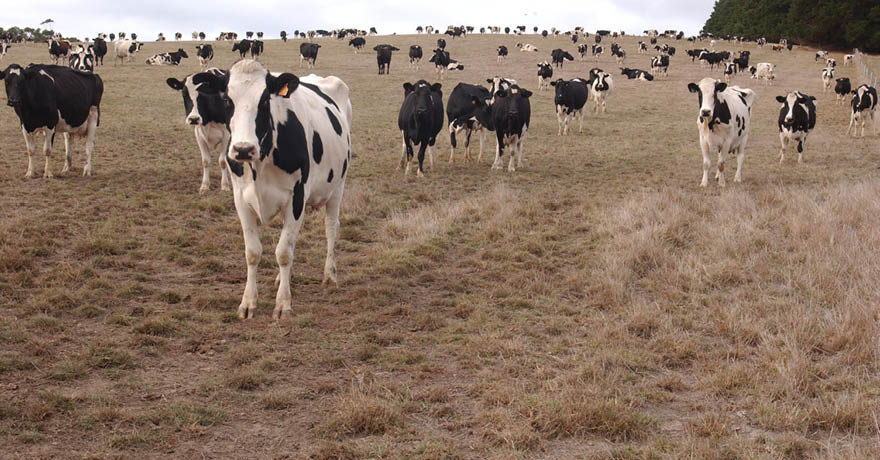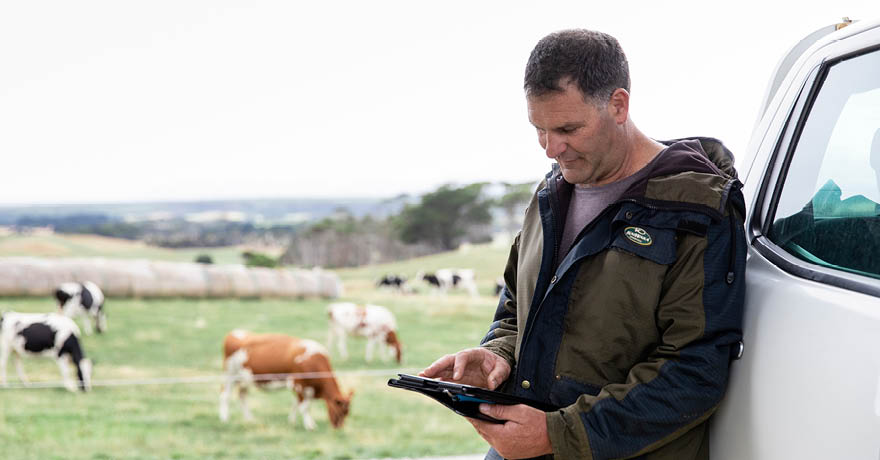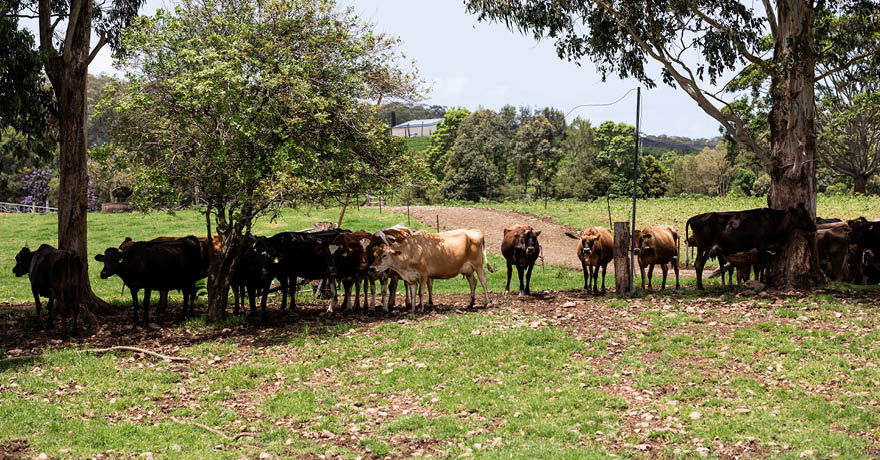Climate Risk & Adaptation
Dairy Australia supports dairy farmers with the increasing impact of climate change on agriculture worldwide, ensuring they know how to prepare for and manage the consequences to keep their businesses viable into the future.
Climate risk
Managing climate risks, and the potential impact on individual dairy businesses, requires an understanding of what drives climate and weather, predictions about future climate and the greenhouse gases emitted by the dairy industry. Climate risks can be either physical, such as increased flash flooding or long dry periods, or business related, such as carbon markets or increased expectation from the dairy supply chain that farmers understand and reduce their emissions.
Discover more below about the types of climate risks and activities to manage them via the climate online learning modules.
Climate impacts
The Australian dairy sector is already seeing and will increasingly experience the impacts of climate change, including physical risks. By 2030, it is predicted there will be higher temperatures, more frequent hot days and fewer frosts, less total rainfall and an increase in catastrophic events such as floods, fire and drought.
Discover more below about the climate change impacts that Australian dairy farmers have already seen on their businesses.
Adaptation options
The Dairy Businesses for Future Climates (DBFC) project analysed how future climate conditions could impact dairy farms across the country, with five dairy farm case studies from different regions. The work explored what on-farm system changes may best suit new climate conditions.
Some adaptation steps that dairy farmers have already taken to remain productive, sustainable, and profitable under climate change, include:
- Implementing long-term feed storages and carrying larger fodder reserves.
- Building infrastructure for feeding cows, such as sheds or feedpads, to reduce wastage.
- Increasing water use efficiency through better irrigation technology.
- Developing longer term management plans and planning for income variability.
- Increasing stock shade and shelter for extreme conditions.
- Using fans and sprinklers in sheds and yards.
Workshop
Farmers can also receive support from Dairy Australia’s farm system experts by attending a two-day workshop. It offers a great opportunity to connect with and learn from other farmers that are considering a farm system change.
The workshop will enable farmers to:
- Outline their business objectives to determine the most suitable farm system.
- Share initial versions of their strategic and action plans for group feedback.
- Make an informed decision about the options and considerations for investing in a new system.
- Get ready to start the planning, implementation and operation of their chosen system.
Register your interest in future workshops or request further information using the form below.


